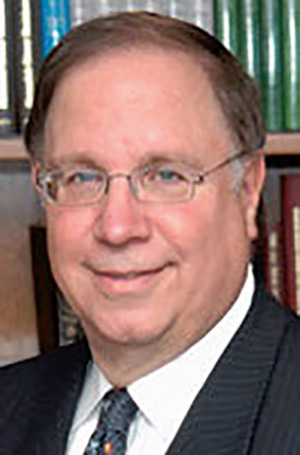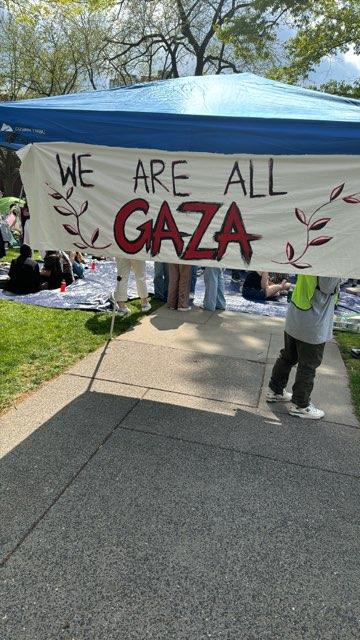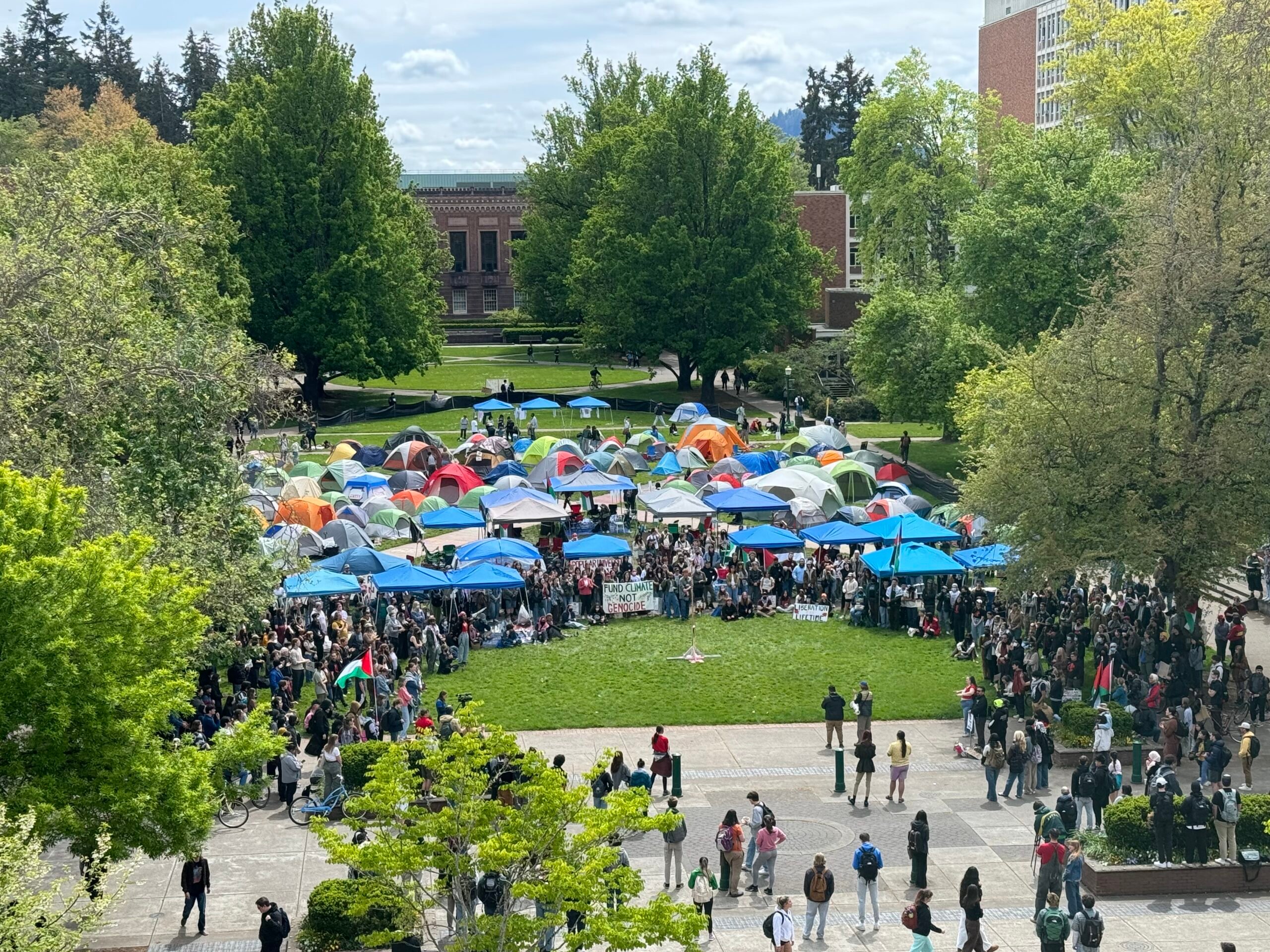
The Warsaw Ghetto uprising began on April 19, 1943, when German troops and police entered the ghetto to deport the remaining 55,000-60,000 Jews to extermination camps.
The first news of the ghetto uprising was published on April 22, 1943, in The New York Times, and the Yiddish daily Forward published front-page articles declaring the revolt had begun. The Times transmitted a dispatch from the Associated Press in Stockholm, Sweden, that stated: “The secret Polish radio appealed for help tonight 21, April 1843, in a broadcast from Poland and suddenly the station went dead. The broadcast, as heard here, said: ‘The last 35,000 Jews at Warsaw had been condemned to execution. Warsaw is again echoing to musketry volleys. The people are murdered. Women and children defend themselves with their naked arms! Save us….’”
On April 22, 1943, the Forward reported that the Nazis were slaughtering the last Jews in Warsaw. The paper revealed that an appeal was sent on January 21 and was received in April 21 by the Jewish Labor Committee in New York. Six requests were made, but only a few could be revealed to the public. One request asked that 10, 000 remaining children be exchanged for German prisoners of war. They also demanded material help, including food. They concluded their requests with: “Brothers, the remaining Jews in Poland believe that in this most frightening days of our history you didn’t help us. Answer now at least in these last days of our lives, this is our last appeal to you.”
On April 23, 1943, the Times reported, “Warsaw’s Ghetto fights deportation—Tanks reported used in battle to out 35,000 Jews.” The American Representation of the General Jewish Workers’ Union (the Bund) sent a telegram to President Franklin D. Roosevelt on April 23, 1943, imploring him: “In the name of that all is sacred, do your utmost to speed up the rescue of the doomed victims of the Nazi beasts.”
Their demands were included in their statement to the Anglo-American Conference on Refugees held from April 19, 1943, through April 30, 1943, at Hamilton, Bermuda, ostensibly to examine the problem of Jewish refugees and to suggest solutions.
One of the first articles to discuss the failure of the Bermuda Conference in light of the ghetto uprising appeared on April 24, 1943 in the Forward. The paper noted that an entire week had passed, and the Jews in England and the U.S. were still waiting for a sign that something would be done. The only word heard was the cry for help emanating from the Jews in the Warsaw Ghetto. This voice would never be heard again. Though most of the press neglected the Warsaw Ghetto and sporadically condemned the conference’s progress, the delegates continued to declare their inability to solve the refugee crisis.
At the third annual Passover Seder held on April 25, 1943, held under the auspices of the National Labor Committee for Palestine, they declared that the only answer to resolving the tragedy was immigration. The speakers did not mention the Warsaw Ghetto and the need to accelerate the rescue of the Jews. On April 27, The New York Times reported a tentative arrangement or compromise was being considered “on a plan to relocate European refugees temporarily on French North Africa, the Cyrenaica portion of Libya and the Diredawa region of Ethiopia.”
The JTA reported that Harris Willis Dodd, a conservative Republican, president of Princeton University and Chairman of the American Delegation to the Bermuda Conference, assured everyone that the rescue proposals had been thoroughly examined. But he would not comment on whether they were acted upon favorably.
Many Jews reacted to these events by beginning six weeks of mourning and pleading for aid to the victims of Nazi terror. The Synagogue Council of America, umbrella organization of the three main Jewish religious movements, demanded that, at the very least, the children must be saved.
The final Conference communiqu? released on April 29, 1943, and reported in Der Tog, The New York Times, The Reconstructionist and elsewhere, dispelled any hope for immediate rescue. Many American Jews were disturbed by the absence of a concrete plan for rescue and distressed at their own inability to present their case in a forceful manner.
The JTA reported that on May 3, 1943, A.A. Berl, Jr. Assistant Secretary of State, re-emphasized that there would be no change in the official U.S. government policy. He warned Germany and her satellite states that they would be held responsible for crimes against the Jewish people but admitted there would be no immediate relief for those still in Nazi-occupied Europe. “Nothing can be done,” he said, “to save these helpless unfortunates except through the invasion of Europe, the defeat of the German army and the breaking of the German power. There was no other way.”
George Warren, an authority on refugees and migration with the State Department, who served as a technical advisor to the American Delegation at the Conference, had concerns about the recommendations made by the private organizations and individuals to the delegations. In Refugees and Rescue: The Diaries and Papers of James G. McDonald, 1935–1945, Warren claimed they had “failed to give sufficient consideration to the exigencies of the war and the limitations imposed upon the Governments by the shortage of shipping and military considerations….”
“The Bermuda Conference was from the beginning condemned to futility,” wrote James G. McDonald, chairman of Roosevelt’s advisory committee on refugees from May 1938 until nearly the end of the war. “On the eve of its opening and as if in competition, the two governments…made untenable claims about their past performances on behalf of the refugees. Those apologies were disconcerting but accurate auguries of failure.”
Not until May 12, 1943 do we see any significant reaction to the uprising. On that day, Szmul Zygielbojm, a Polish Jewish socialist politician, Bundist trade union activist, and a member of the National Council of the Polish government-in-exile, committed suicide “to jolt the indifference of those who save the Jews who are still alive in Poland.”
For an entire year, the Ghetto Speaks, the monthly magazine of the General Workers Union of Poland, recalled: “Day in and day out, from the time that he became member of the Polish National Council in London, until his tragic death, Zygielbojm had received appeal upon appeal, cry upon cry, from the tortured Jews of Poland.”
The first information came from the Bund as early as June 1942 according to historian Yehuda Bauer. Dated May 1942, the report concluded the Germans have “embarked on the physical extermination of the Jewish population on Polish soil… It is estimated that the Germans have already killed 700,000 Polish Jews.”
On July 21, 1942, the American Jewish Congress, in cooperation with the American Jewish Labor Committee and B’nai B’rith, held a demonstration in Madison Square Garden attended by 22,000 people to denounce the atrocities committed by the Nazis. In the messages sent to the demonstrators by President Roosevelt and Winston Churchill, neither mentioned the possibility of rescuing European Jewry. Bauer noted that the most American Jews demanded was to threaten the Germans with retaliatory air raids.
The 1942 American Jewish Yearbook found that while there had been a paucity of productive results in saving the Jews of Europe, there was no lack of effort by American Jews in registering their disapproval of Nazis horrors. There were worldwide demonstrations of sympathy, A “Voice of Washington “ rally, work stoppages, mass meetings, protests, a day of fasting, memorial services and periods of silence in memory of the dead.
On December 8, 1942, a prominent delegation met with Roosevelt at the White House to appeal for action to stop the Nazi massacres. On March 1, 1943, 300,000 people filled Madison Square Garden in a “Stop Hitler Now” protest, according to Arthur Morse. At least 75,000 people attempted to enter the Garden with more than 10,000 remaining in the streets to hear the speeches over loudspeakers.
Despite all the pressure for immediate action, the Contemporary Jewish Record concluded in June 1943, that it was still “obvious that there is not much agreement upon how the Jewish community should proceed.” Freda Kirchway, editor of the Nation, claimed that the resolution adopted at the March 1 demonstration was a bit too moderate.
Shortly before he committed suicide, Zygielbojm received a message from the Warsaw Ghetto delivered by Jaczynski, a gentile leader of the Polish underground movement, who had been told by ghetto leaders: “Jewish leaders abroad won’t be interested. At 11:00 in the morning you will begin telling them about the anguish of the Jews in Poland, but at 1:00 p.m. they will ask you to halt the narrative so they can have lunch. This is a difference that can’t be bridged. They will go on lunching at the regular hours at their favorite restaurant. So they cannot understand what is happening in Poland.”
The Jews of Warsaw urged the Jews of London to go the American Embassy and the British Foreign Office and remain until the government was changed. If imprisoned, they should fast until death. They had no illusion this would happen. In desperation, Zygielbojm took his life in “an energetic cry of protest against the indifference of the world which witnesses the extermination of the Jewish people.”
By May 16, 1943, the Germans had succeeded in quelling the ghetto uprising.
By Alex Grobman, PhD
Dr. Grobman is the resident scholar at the John C. Danforth Society and a member of the Council of Scholars for Scholars for Peace in the Middle East (SPME).











